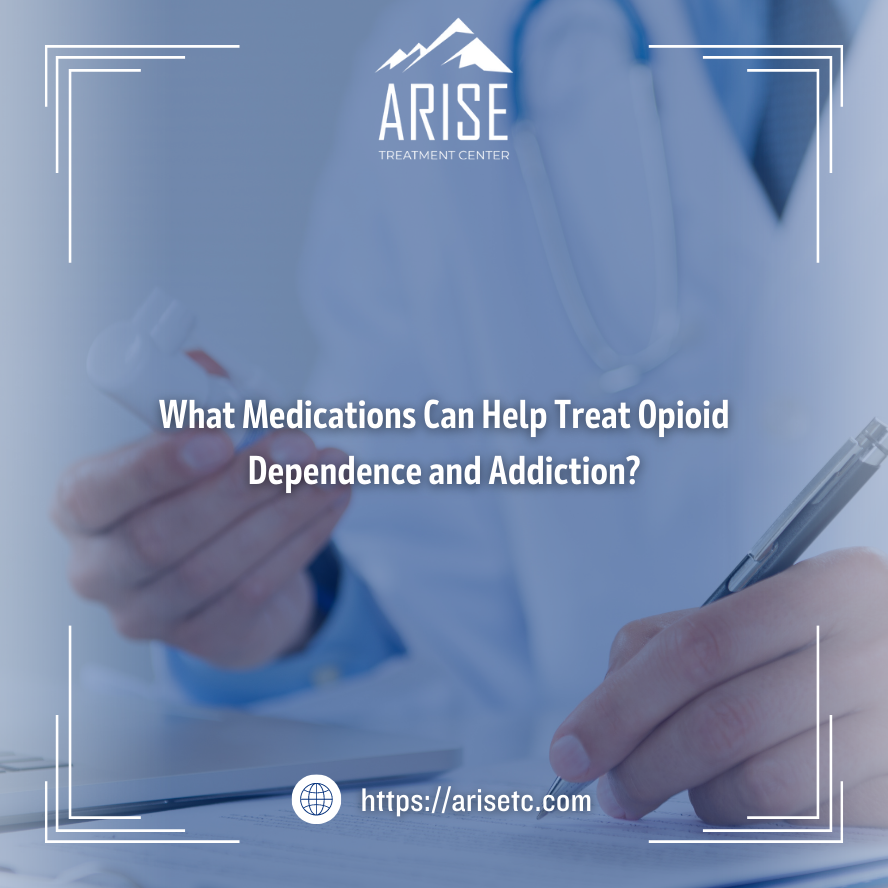Opioid addiction is a huge problem in the United States, with an estimated 10.1 million people struggling with opioid use disorder in 2019.[1] If you have dealt with opioid dependency, you know how difficult it can be to recover. Oftentimes, the cravings and symptoms of withdrawal you experience during early recovery make you want to relapse to soothe your discomfort.
Because of the difficulties of early recovery from opioid use disorder, medication-assisted treatment (MAT) was created. MAT is an integrated treatment approach that involves the use of pharmacological medications and behavioral therapies to address opioid addiction.
While some people argue that using medications to treat addiction is just trading one substance for another, there is evidence that supports the benefits of medication-assisted treatment. According to the National Institute on Drug Abuse, “MAT decreases opioid use, opioid-related overdose deaths, criminal activity, and infectious disease transmission.”[2]
Knowing the different kinds of medications used to treat opioid addiction can help you decide if medication-assisted treatment is right for you.
Medications Used to Treat Opioid Addiction

Several medications have been approved by the FDA for the treatment of opioid use disorder: buprenorphine, methadone, naltrexone, and Lucemyra. These medications are effective in treating the cravings and withdrawal symptoms associated with opioid dependency. Each one works a little bit differently in your brain and body.
Buprenorphine
Buprenorphine reduces and eliminates symptoms of withdrawal that occur when you suddenly stop taking opioids after a period of dependency. This is extremely beneficial, as the uncomfortable symptoms of withdrawal associated with opioids often cause people to relapse early on. Rather than forcing you to experience the painful symptoms, buprenorphine can allow you to overcome the detox process with ease.
Buprenorphine is a partial opioid agonist, producing effects such as euphoria and respiratory depression at small doses. However, these effects are weaker than other drugs like methadone, which is a full opioid agonist. When taken as prescribed and within a MAT program, buprenorphine is safe and effective.
According to the Substance Abuse and Mental Health Services Administration, the following buprenorphine products are approved by the FDA for opioid dependency treatment:[3]
- Generic Buprenorphine/naloxone sublingual tablets
- Buprenorphine sublingual tablets (Subutex)
- Buprenorphine/naloxone sublingual films (Suboxone)
- Buprenorphine/naloxone) sublingual tablets (Zubsolv)
- Buprenorphine/naloxone buccal film (Bunavail)
- Buprenorphine implants (Probuphine)
- Buprenorphine extended-release injection (Sublocade)
Buprenorphine can be used during detox to alleviate withdrawal symptoms as well as in early recovery to reduce drug cravings.
Suboxone is one of the most widely used medications during detox and treatment for opioid addiction.
Methadone
Methadone is a long-acting opioid agonist that reduces opioid cravings and withdrawal symptoms. This medication also blocks the effects of other opioids, preventing you from being able to feel the euphoric effects of other opioids if you were to relapse. When you are using methadone in a MAT program, it is taken daily and may come in liquid, powder, or diskette forms.
If you are taking methadone, you must do so under the supervision of a doctor. Additionally, this medication is only intended to be used in combination with behavioral therapies and other forms of evidence-based addiction treatment methodologies. Methadone is not a standalone treatment for opioid addiction.
While the length of time people take methadone varies, the Substance Abuse and Mental Health Services Administration recommends treatment for at least 12 months.[4] It is possible to require methadone treatment on a long-term basis. When you decide to stop taking this medication, you must slowly taper off it to prevent withdrawal symptoms.
Naltrexone
Naltrexone works differently in your body than buprenorphine and methadone, which activate opioid receptors in the brain to suppress cravings. Instead, naltrexone blocks the euphoric and sedative effects of other opioid drugs like heroin, morphine, or oxycodone. If you relapse while you are on naltrexone, you will not get high.
There are two different naltrexone brand names: ReVia and Vivitrol. ReVia is a pill that is taken once a day, while Vivitrol is an intramuscular shot that is administered once a month. The only difference between the two medications is convenience, as some people find it difficult to take a pill every day.
When you are prescribed naltrexone, you must be sober from short-acting opioids for at least 7 days and 10-14 days for long-acting opioids. Taking naltrexone with other opioid drugs in your system could lead to severe withdrawal symptoms because it rapidly displaces opioid molecules in opioid receptors, sending the brain into sudden withdrawal.
Naltrexone is one of the most popular medications for opioid addiction because it is non-addictive.
You must avoid taking illicit substances and drinking alcohol while taking naltrexone. Naltrexone is also approved to treat opioid use disorder.
Lucemyra (Lofexidine)
Lucemyra is the first FDA-approved opioid addiction treatment medication that is not an opioid itself. This takes away any worries that you could become dependent on your medication. Lucemyra is only intended for 14 days of use and is meant to be used as part of a medication-assisted treatment program that includes behavioral therapy and group counseling.
Lucemyra works by slowing the brain’s release of norepinephrine and restoring the brain’s chemical balance. This treats some of the symptoms of opioid withdrawal and helps you have an easier time during detox.
The symptoms of withdrawal that Lucemyra treats include:
- Body aches and pains
- Stomach cramps
- Nausea
- Vomiting
- Diarrhea
- Muscle spasms and twitching
- Insomnia and problems sleeping
- Chills
- Muscular tension
- Pounding heart
- Runny eyes
- Yawning
Get Connected With a Medication-Assisted Treatment Program for Opioid Addiction
If you or a loved one suffer from opioid use disorder, a medication-assisted treatment (MAT) program can help. By combining pharmacological treatments with evidence-based behavioral therapies and group counseling, MAT programs provide you with the full spectrum of support you need to recover from opioid addiction.
Contact Arise Treatment Center today for more information on our opioid rehab center in Vista, California.
References:

